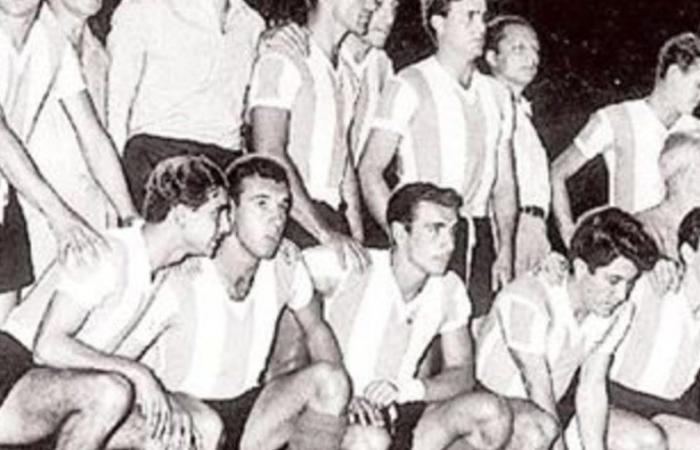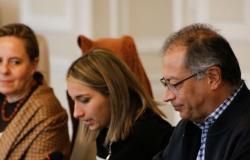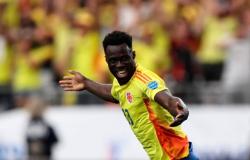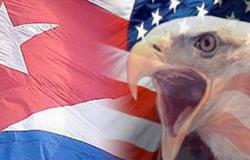The greatest predominance of Argentina In South American football he had it in the 40s and 50s. Of the 10 editions in which he participated, he won seven. As he won titles, an idea, a myth, grew among Argentine soccer fans, players, leaders and fans: We were the best in the world. With that conviction they traveled to the World Cup in Sweden in 1958, the third participation after 24 years, which generated great national frustration after the 6-1 defeat against Czechoslovakia and early elimination in the group stage.
The supremacy began in 1941 in Chile, a tournament in which only 5 teams competed. Argentina, already led by Guillermo Stábilewon the 4 games without too many problems: 2-1 to Peru (Jose Manuel Moreno the 2), 6- 1 to Ecuador (5 of Juan Marvezzy and Moreno), 1-0 to Uruguay (Antonio Sastre) and 1-0 to Chile (Enrique Garcia). One fact left behind the victory against the Ecuadorians: Marvezzy, Tigre’s scorer, became the first Argentine player to score 5 goals in a National Team match. He was then matched by Charro Moreno the following year.
In 1942 it was played in Montevideo and although the team won 12 to 0 Ecuador (here Moreno scored the 5 goals), Argentina was second behind Uruguay. That year the World Cup should have been played in Germany, Brazil or Argentina, the three countries that presented bids, but the explosion of Second World War prevented its dispute, the same as in 1946.
In those years, Argentine football had an unmatched quantity and quality of players. It was said that Stábile had five players per position to choose from. So much so that in the three South American tournaments that were played consecutively and won by Argentina (1945-46-47), there was a lot of rotation of players from one year to the next.
The first title of the trilogy was played in Chile with the participation of 7 teams and the Argentine team won 5 of the 6 matches: 4-0 against Bolivia (Rene Pontoni, Rinaldo Martino, Félix Loustau and Vicente de la Mata), 4-2 to Ecuador (Pontoni, De la Mata, Martino and Manuel Pelegrina), 9-1 to Colombia (Pontoni 2, Norberto Mendez 2, Martino, Mario BoyeLoustau and Juan José Ferraro 2), 1-1 with Chile (Méndez), 3-1 against Brazil (Méndez 3) and 1-0 against Uruguay (Martino).
Tucho Méndez, star of Huracán and then of Racing, was the scorer of that tournament with 6 goals along with the Brazilian Heleno de Freitas. He would leave his mark on the net in the following two tournaments and with 17 goals, even today he is the top scorer in the Copa América, with 17, the same as Zizinho. Messi is 13 and if he scores five goals in the United States he will surpass them.
In 1946, Argentina shone in Buenos Aires. He won the 5 games he played: 2-0 against Paraguay (De la Mata and Martino), 7-1 against Bolivia (Angel Labruna 2, Mendez 2, Juan Carlos Salvini 2 and Loustau), 3-1 to Chile (2 from Labruna and one from Adolfo Pedernera), 3-1 to Uruguay (Pedernera, Labruna and Méndez) and 2-0 to Brazil (Méndez 2). In this decisive meeting, the Argentine-Brazilian rivalry began to deepen, Jair Rosa Pinto fractured Jose Salomoncaptain of the Albiceleste and there was a violent atmosphere until the end.
The following year, Argentina renewed its attack with the incorporation of Alfredo Di Stefano, who at the age of 21 shone in the South American Championship in Ecuador, in which 8 of the 10 South Americans participated, Brazil was absent and Venezuela still did not have a competitive team. Stábile’s team won 6 of the 7 matches: 6-0 against Paraguay (Moreno, Loustau, Pontoni 3 and Méndez), 7-0 against Bolivia (Méndez 2, Pontoni, Loustau, Boyé 2 and Di Stéfano), 3-2 to Peru (Moreno, Di Stéfano and Boyé), 1-1 with Chile (Di Stéfano), 6-0 to Colombia (Mario FernandezDi Stéfano 3, Boyé and Loustau), 2-0 to Ecuador (Moreno and Méndez) and 3-1 to Uruguay (Méndez 2 and Loustau).
For various reasons, fighting with the Brazilian leaders, the professional strike of 1948, the exodus to Colombia in 1949 and a government suggestion not to attend if we could not demonstrate that we were the best, Argentina was absent from the South American Championships of 1949 and 1953. and the 1950 and 1954 World Cups
He returned in 1955 and was champion in Chile, with Angel Labruna (36 years old) figure and Rodolfo Miceli scorer (8 goals). The team won 4 of the 5 games they played: 5-3 against Paraguay (4 from Miceli and one from Jose Borrello), 4-0 to Ecuador (Ricardo Bonelli, Ernesto Grillo, Miceli and Borrello), 2-2 with Peru (Grillo and Carlos Cecconato), 6-1 to Uruguay (Miceli 2, Labruna 3 and Borrello) and 1-0 to Chile (Miceli).
In the Rio de la Plata classic, one of those incidents from another era occurred: the Argentine Norberto Conderecently admitted, received a KO blow from the Uruguayan Matias Gonzalez. The myth said that the Vélez player asked his rival how the game was going and that was the answer. However, Beto Conde always denied that version and that one day González apologized to him and that in reality he was “hot” with Labruna and Borrello because they were charging him.
Two years later, in Lima, Peru, Argentina enhanced the three G’s: they scored, they liked and they won. The usual base had the emergence of three Carasucias who made an internal revolution: Enrique Omar Sívori, Humberto Dionisio Maschio and Antonio Valentín Angelillo. Between them they scored 20 of the 25 Argentine goals, Maschio 9, Angelillo 8 and Sivori 3. The team, still led by Stábile, beat Colombia 8-2 (Osvaldo CruzAngelillo 2, Maschio 4 and Oreste Osmar Corbatta), 3-0 to Ecuador (Angelillo 2 and Sívori), Uruguay 4-0 (Maschio 2, Angelillo and José Francisco Sanfilippo), 6-2 to Chile (Sívori, Angelillo 2, Maschio 2 and Corbatta), Brazil 3-0 (Angelillo, Maschio and Cruz) and Peru 1-2 (Sívori).
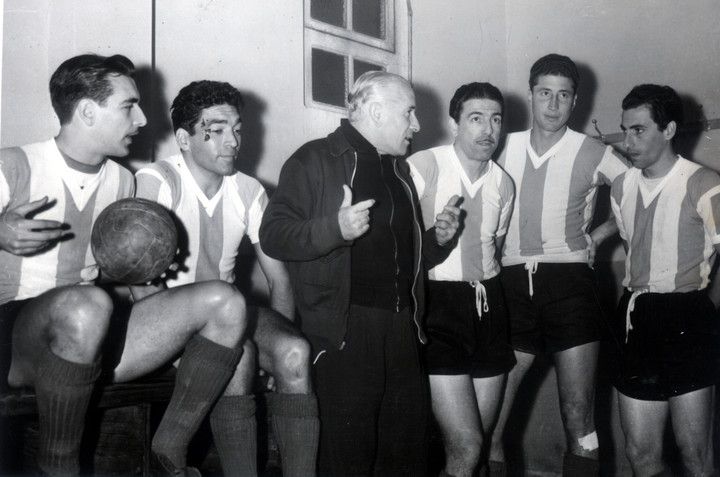 Guillermo Stábile, the winningest coach in history.
Guillermo Stábile, the winningest coach in history. Neither Sívori, nor Maschio nor Angelillo, already sold to Italy, went to the World Cup in Sweden. The elimination ended Guillermo Stábile’s almost 20-year cycle. Argentina assumed the commitment to organize the 1959 South American Championship and it was an opportunity to rehabilitate itself in front of the fans. But he no longer had a coach and was appointed to a triumvirate: Victorio Spinetto, José Della Torre and José Bareiro. He won 5 of the 6 games and was crowned champion against Pelé’s Brazil, current world champion: 6-1 to Chile (Pedro Manfredini 2, Eugenio Callá, Juan José Pizzuti 2 and Raul Belen), 2-0 to Bolivia (Corbata and Callá), 3-1 to Peru (Benítez against, Corbatta and Ruben Sosa), 3-1 to Paraguay (Corbatta, Sosa and Vladislao Cap) 4-1 to Uruguay (Belén 2 and Sosa 2) and 1-1 with Brazil (Pizzuti).
Of the seven titles won by Argentina between 1941 and 1959, in four they lifted the Copa América while in three others (1941, 45 and 46) they were champions but the traditional trophy was not at stake and that is why they were called South American Extras, authorized by the South American Confederation but outside the established program. Something similar to the Copa América Centenario played in 2016 in the United States. After that harvest, Argentina went 32 years without winning the highest South American competition.

